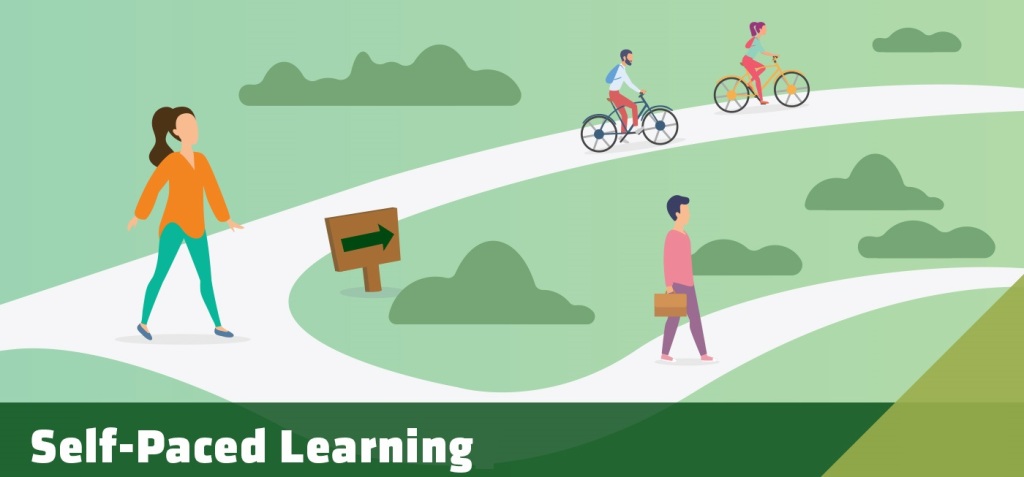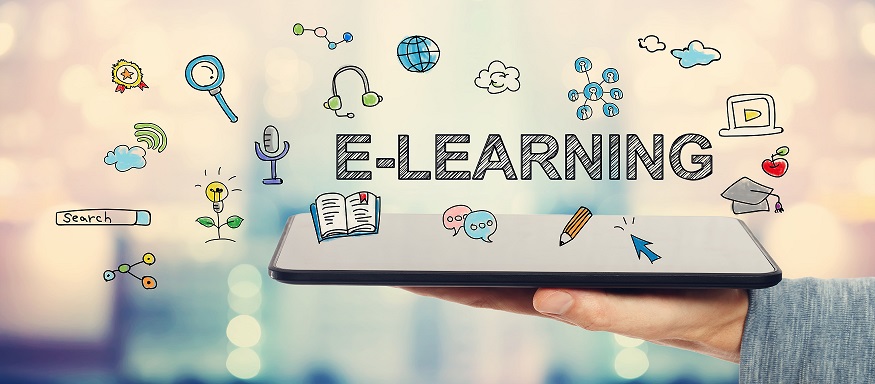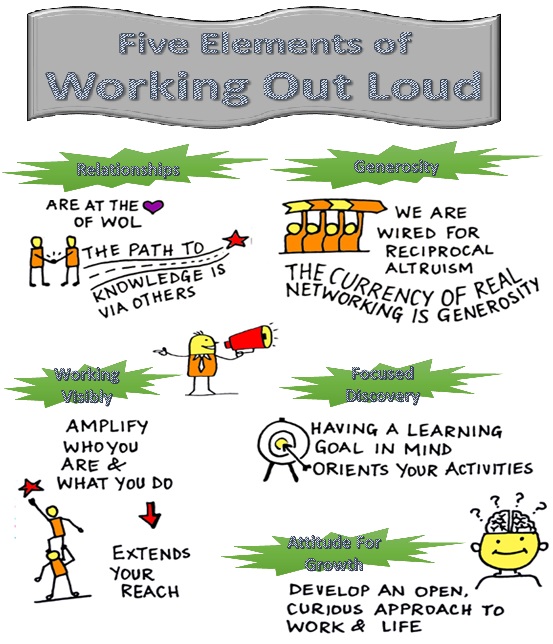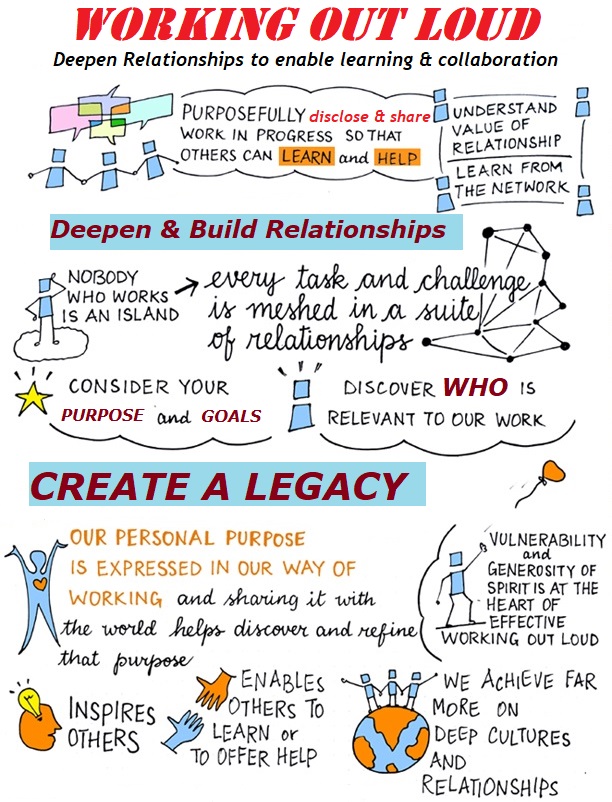
For many years now, researchers in educational fields have been trying to understand the influence of technology in the classroom. After all, technology is not in the classroom today, technology is the classroom. Discussions with online educators and trainers yield that despite their best efforts in trying to make the session innovative and experiential, it was evident that they were struggling to keep their participants engaged. “It’s so much harder [especially] with the younger members to engage online,” is a common statement.
E-learning is especially challenging when the subject we are trying to teach is Social and Emotional Learning. After all, the reason we focus so hard to build social and emotional skills is often because of the negative effects of technology.
How E-Learning Might be Helping
All challenges considered; it just would not be true to assume that because online education has underperformed in the past, it necessarily means that it will do so again in the future.
A) Learners learn at their own pace: . . . . . . . . . . . . . This is perhaps the most beneficial side to e-learning. In in-person classrooms, the pace of learning (whether too fast or too slow) is often a root cause for behavioral issues (in bored learners) or being overwhelmed (in slower learners). E-learning offers the opportunity for each learner to move at their own pace without knowing the progress of the rest of the classroom.

B) Material can be adapted to meet needs of different learners: . . . . . .. . . . . Different learners often learn best from different teaching styles and content. A teacher can offer the same lesson in multiple formats and learners can respond to the method that suits them best. While this can certainly be a lot of work on the front end, perhaps this year will present us with an opportunity to develop an initial virtual version of our content which teachers can add to in future years.

C) E-learning is more cost-effective: . . . . . . . . . . . . . . . Virtual learning is far more cost-effective than its in-person counterpart. Online learning presents institutions and organisations with an opportunity to cut costs, especially if the learner-teacher ratio can be increased without a loss of personal connection.
D) The future of online learning is bright: . . . . . . . . . . . . . . . Technology’s greatest benefit is that it is innovative. It is always progressing and improving. Advances in technology offer hope that future online courses can respond to the needs of learners, meeting them where they are in their learning and engaging them in higher education even better than in-person courses are currently able to do.
How E-Learning Might be Harming
A) Online learning is not performing well… yet: . . . . . . . . . . . . . . . The track record for online learning has not yet caught up with our needs. Online learners seem to do substantially worse than learners in the same face-to-face course. They earned lower grades, were less likely to succeed in subsequent courses, and more likely to drop out.
B) Underprepared learners are vulnerable: . . . . . . . . . . . . . . . Perhaps the greatest negative in the e-learning column is that it is disproportionately effective on learners of high socioeconomic status. Reports on the effectiveness of online education have found that the results of e-learning are questionable among some learners. While online courses may have the potential to differentiate coursework to meet the needs of students with weaker incoming skills, current online courses, do an even worse job of meeting the needs of these learners than do traditional in-person courses. Even though online learning offers access to everyone, the benefits of it are not yet available to everyone.

C) Distraction is the greatest drawback of technology: . . . . . . . . . . . . . . . A 2018 article in Psychology Today presented an interesting finding: A new study revealed that students who used technology in class did worse on their midterm and final exams than students who did not use technology in class. The study also found that students were negatively affected by the presence of their cell phones in the classroom even if they never looked at it. Though relevant from a school standpoint, its relevance across all learners does provoke a thought.

D) Learners suffer from “Online fatigue.” : . . . . . . . . . . . . . . . For learners, virtual classrooms create the illusion that you are being watched at all times, which can create fatigue, stress, and anxiety. Although some technology is working to change this norm, it is unlikely that having 20 squares of people all staring at you on a regular basis is going to change anytime soon.

Ideas for Improving SEL in the Virtual Classroom
Though there are positives and negatives to e-learning, the reality is that the virtual classroom is here to stay. So how do we make the most of the positives and minimize the negative effects?
A) Provide opportunities for students to learn at their own pace: . . . . . . . . . . . . . . . If we want to create a successful e-learning experience for our students, the progress and pace will have to be determined by them. The one doing the talking is the one doing the learning. Thought:- How could we create opportunities to allow learners to move at their own pace through the material?
B) Utilize screen time to inspire in-person engagement — even at a later time: . . . . . . . . . . . . . . . Our screen-to-screen time should be used to inspire experiences and activities in our face-to-face time especially when we are teaching social and emotional skills. The next time we teach a social or emotional concept, make sure that the learners have a clear experience or activity to utilize in their interactions with family and friends. The best e-learning encourages real-world action. Thought:- How could we encourage virtual learners to engage in the real world?
C) Offer flexible time – more one-on-one time with learners who need it: . .. . . . . . . .. . . . . . . . Many teachers are already doing this, but we may have to be more intentional with it. Knowing that many of our low socioeconomic status (SES) learners, or learners with other cultural challenges, may be lagging behind in the virtual classroom means that the most successful teachers will be those who actively reach out to learners who they suspect might be struggling and engage them in one-on-one learning where possible. Thought:- Which of the learners need extra help this week?
D) Utilize technology to leverage the best of what e-learning has to offer: . .. . . . . . . .. . . . . . . The greatest benefit that e-learning has is the progress that is being made each month in both artificial intelligence and technology. While the COVID-19 pandemic has set us back, it has also garnered a boom in education technology. There are more exciting advances in educational technology happening now than perhaps at any time in the past. Thought:- What new technology (apps/ websites/ tools) can add value in the classroom and how to integrate it into the learning process?

3 Ways To Achieve Behavioral Change Via eLearning
Behavioral change is the biggest indicator of successful learning and is the hardest to achieve. In the case of soft skills training, compliance training, even sales training, a behavioral change should be the expected output and not just completion of the training. To achieve behavioral change, we need to rethink and restructure our learning systems. Here are 3 effective ways the L&D departments could use to ensure behavioral change through eLearning.
1.- Microlearning: . . . . . . . . . . . . . . . James Clear in his breakthrough book Atomic Habits gives a great example while illustrating how tiny changes give remarkable results. Imagine a plane that is en route to New York from Los Angeles. While taking off, if the pilot changes the course by 3.5 degrees to the south, no one on the plane will even notice this change. However, this tiny change will have the plane land in Washington, D.C. instead of New York. Of course, you would not want to be on this plane, but the point James Clear wants to emphasize is that tiny changes can bring out a considerable amount of impact over the time.
Similarly, Microlearning can act as a catalyst of tiny changes aimed at substantial behavioral changes in employees. Microlearning is not a technological solution to L&D; it is a learning strategy and needs to be implemented as one. A daily DOs and DON’Ts email, a weekly video about best practices, a fortnightly gamified quiz with leaderboards, a very short course about latest product updates for sales team can all become tools to use Microlearning. Behavioral Change will require continuous reinforcement. Learning is a continuous process. To implement Microlearning successfully, we need to:
i. Set the trajectory of the learning initiatives according to the behavioral change we want to achieve.
ii. Break all learning content into tiny milestones, each milestone addressing and contributing to the big change.
iii. Let these Milestones decide the frequency and duration of Microlearning resources.
iv. Use the best possible delivery platform that adheres to the new strategy.
2.- Continuous Learning: . . . . . . . . . . . . . . . Traditionally L&D has suffered through the course-based learning wherein a learner completes a course and is deemed as ‘trained’ on something. These training programs are planned once or twice in a year, or worse, when something really disastrous indicates the need for a training program. However, the volatility of business today led by technological disruption demands a workforce that is continuously evolving. To achieve this, learning continuously is non-negotiable. Micro resources need to be used to create a stream of continuous learning. These resources need to be aligned with:
i. Business objectives, of that year, quarter, month or week.
ii. Employee’s journey in the organization – for example, what’s the point of training someone on a topic that will be relevant for them only after 3 months?
iii. Context is the key to achieve any sort of learner engagement.
Continuous learning will help inculcate learning habits, which will then lead to creating a culture of learning in the organization. And over time, a continuous reinforcement of relevant information will bring out the sought-after behavioral changes in the workforce.
3.- Learning Analytics: . . . . . . . . . . . . . . . Every successful online consumer platform today is digging user data to analyze and evaluate the user behavior. Based on the analysis, they keep improving their platforms to evoke desired behaviors from their consumers.
While L&D measures the efficacy of their learning initiatives by measuring the time spent on a course and score earned by the learners. Of course, there are lots of reports generated from a learning delivery platform, however, most of the time the focus is on measuring whether the knowledge was imparted, and if yes, how much. Obviously, these reports do not give the insights into the patterns of interactions between the learners and the learning.

L&D needs to leave its patronizing position and treat learners as consumers of learning programs. We need to use Learning Analytical tools to measure, evaluate, and predict the learner behaviors. Learning Analytics will allow us to peek into each and every aspect of our learners like when are most of the learners learning – on the job or on weekends, on Tuesday mornings or Thursday evenings –, what are they searching for, what are they answering wrong, at what point they leave the learning platform, what excites them and what frustrates them. We will be able to create a lot more effective learning strategy moving forward. It is pretty simple – if we want to change behaviors, the first step will be to analyze the existing behaviors.
**Source Credits: 1) The book- Atomic Habits by James Clear. 2) The Publication- Psychology Today (Sussex Publishers)
Content Curated By: Dr Shoury Kuttappa




